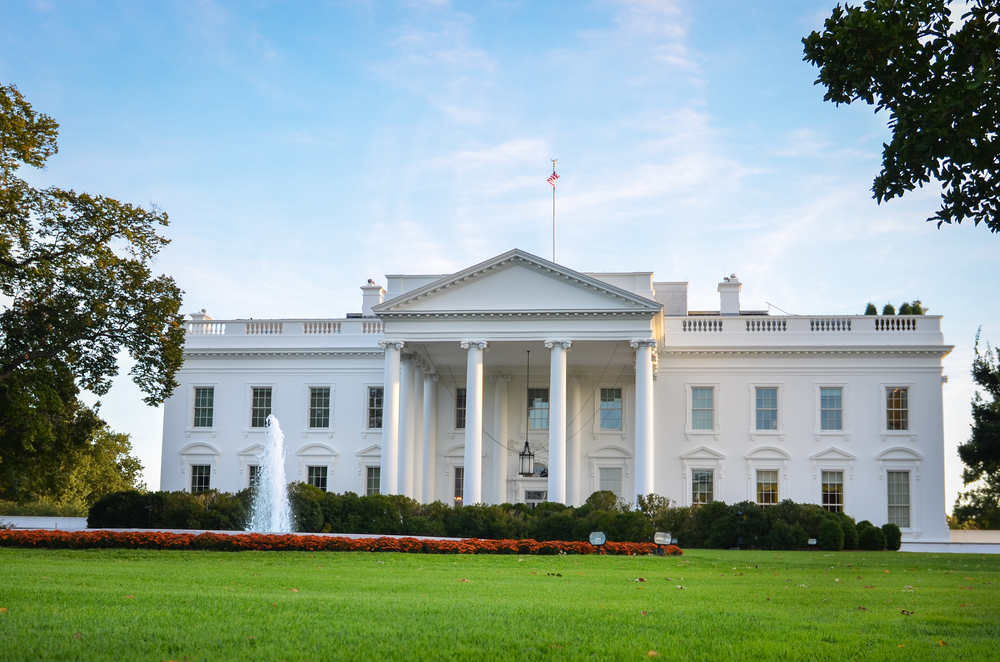The image most people have of the White House’s IT infrastructure comes straight from movies and series like 24: a sleek, fast, highly resilient flat-screen environment filled with superfluous beeps and bathed in a gentle blue light that somehow makes everything appear more high-tech.
The reality was very different, says Carlos Solari, when he arrived in 2003 as the building’s CIO (leaving in 2005 to form a consultancy, and is now vice president of security solutions for Alcatel-Lucent’s Bell Labs).
“The pace of the world runs faster than the pace of business. The government and the White House is no exception to that,” he says. When he was there, the White House was still in the process of “catching up with basic things like disaster recovery and continuity”.
Until 2001, the White House did not have its own CIO; that was created following the September 11 attacks, when the administration’s “dependency on ICT became starkly clear”.
“The phone system was saturated, [with officials] saying how can I manage the situation when I can’t talk to anyone?” he says. “The problems were typical of any ICT infrastructure.”
Solari arrived a year after the CIO’s position had been created, originally as a deputy. “But when I arrived the boss promoted me on my first day.”
Following “initial efforts to stop the bleeding,” Solari worked on modernising the White House’s core infrastructure – including a new data centre and switching fabric – as well as standardising the systems on “a common suite of software.”
“The email system was in bad shape,” he says, a pressing problem considering federal laws are especially strict on the subject of the White House’s data archiving. “There were nine different email systems, far too many for a small enterprise. We collapsed them into one, but the requirements were very challenging and issues that arose continue to be discussed even now,” (those issues included 400 days of email records that could not be found during the Justice Department’s investigation in to whether anyone at the White House had leaked the identity of former CIA agent Valerie Plame).
Email and politics aside, much of Solari’s work involved “pretty standard stuff,” particularly “a lot of physical modernisation and redundancy”. But the stakes are high when an upgrade involves the US President’s scheduling system. “Something like [that] is such high pressure and high profile, and touches so many people,” he says.
Solari’s military and law background (13 years in the army and six in the FBI) helped him ‘align with the business’: “The
He admits his tenure in charge of the White House IT systems has taken away some of the thrill of shows like 24: “I’m fond of 24, but the reality is somewhat different,” he says. “People’s impressions of what these organisations can do are formed by what they see on television, but the reality is somewhere in the middle. My daughter hates watching it with me because I’m always pointing things out [that are inaccurate].”
Further reading: Cyber assault – The threat to the UK’s critical IT infrastructure from cyber terrorists and activists is growing










